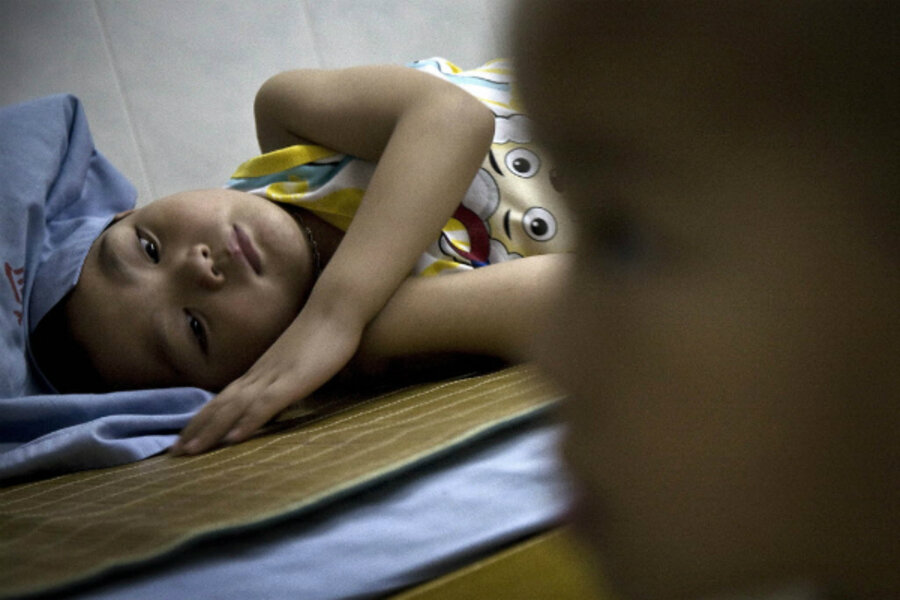Lead poisoning among children estimate revised, now two times greater
Loading...
| New York
More than half a million US children are now believed to have lead poisoning, roughly twice the previous high estimate, health officials reported Thursday.
The increase is the result of the government last year lowering the threshold for lead poisoning, so now more children are considered at risk.
Too much lead can harm developing brains and can mean a lower IQ. Lead poisoning used to be a much larger concern in the United States, but has declined significantly as lead was removed from paint and gasoline and other sources.
The new number translates to about 1 in 38 young children. That estimate suggests a need for more testing and preventive measures, some experts said, but budget cuts last year eliminated federal grant funding for such programs.
Those cuts represent "an abandonment of children," said David Rosner, a Columbia University public health historian who writes books about lead poisoning.
"We've been acting like the problem was solved and this was a thing of the past," he added.
Lead can harm a child's brain, kidneys, and other organs. High levels in the blood can cause coma, convulsions, and death. Lower levels can reduce intelligence, impair hearing and behavior, and cause other problems.
Most cases of lead poisoning are handled by tracking and removing the lead source, and monitoring the children to make sure lead levels stay down.
Often, children who get lead poisoning live in old homes that are dilapidated or under renovation. They pick up paint chips or dust and put it in their mouth. Children have also picked up lead poisoning from soil contaminated by old leaded gasoline, from dust tracked in from industrial worksites, from tainted drinking water, and other sources.
Lead has been banned in household paint since 1978 and was gone from gasoline by the late 1980s.
After lowering the standard, the Centers for Disease Control and Prevention went back and looked at old blood tests from 1,653 children under 6 to determine how many would have lead poisoning under the new definition.
About 2.6 percent of them had blood lead levels higher than the new threshold of 5 micrograms of lead per deciliter of blood. Using that result, CDC officials calculated that an estimated 535,000 young children have lead poisoning.
A year ago, when the threshold was 10 micrograms, experts estimated that somewhere between 77,000 and 255,000 young kids had high levels of lead.







